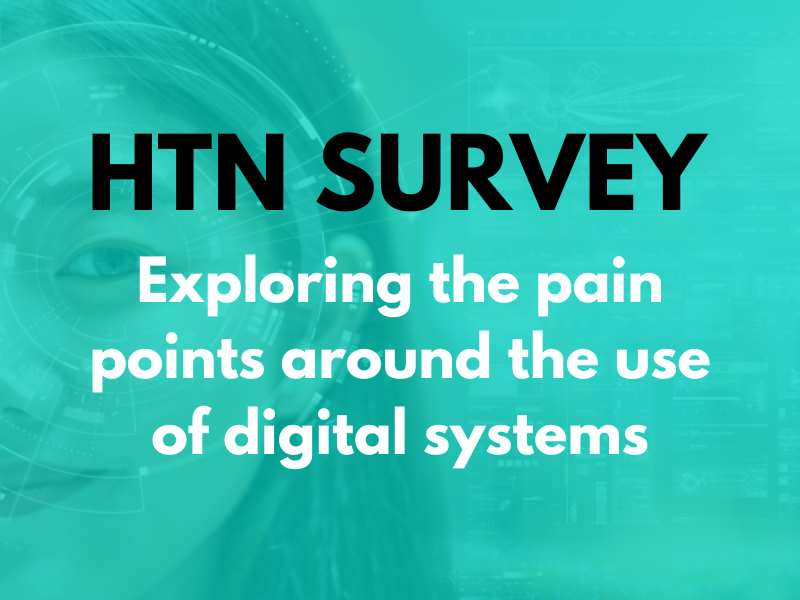A new AI algorithm has been developed by scientists at UCL and Western Eye Hospital, London, to support clinicians when evaluating eye diseases in scans.
The test, called DARC (Detection of Apoptosing Retinal Cells), involves injecting into the bloodstream, via the arm, a fluorescent dye that attaches to retinal cells, and illuminates those that are undergoing stress or are damaged. The scans are then combined with the AI algorithm to help diagnosis, and it is hoped may predict some eye diseases three years before symptoms develop.
The researchers said that one challenge with evaluating eye diseases is that specialists often disagree when viewing the same scans, so the researchers have incorporated an AI algorithm into their method.
This study assessed 19 participants who had already shown signs of wet AMD, a leading cause of severe sight loss, but not necessarily in both eyes. The AI was newly trained to detect the formation of leaking and new blood vessels, which corresponded with the spots that DARC picked up.
The new analysis found that DARC can uniquely highlight endothelial cells (which line our blood vessels) under stress in the retina. These stressed cells then predict future wet AMD activity with the formation of leaking and new blood vessels seen in patients three years later, using conventional eye scans with Optical Coherence Tomography (OCT).
Lead researcher Professor Francesca Cordeiro (UCL Institute of Ophthalmology, Imperial College London, and Western Eye Hospital Imperial College Healthcare NHS Trust) said: “Our results are very promising as they show DARC could be used as a biomarker for wet AMD when combined with the AI-aided algorithm.”
“Our new test was able to predict new wet AMD lesions up to 36 months in advance of them occurring and that is huge – it means that DARC activity can guide a clinician into treating more intensively those patients who are at high risk of new lesions of wet AMD and also be used as a screening tool.”
The study team hope to continue their research with a clinical trial with more participants, and hope to investigate the test in other eye diseases as well.





